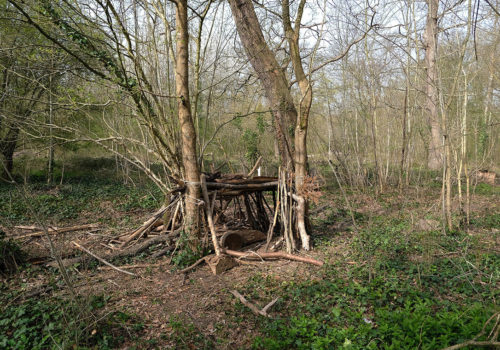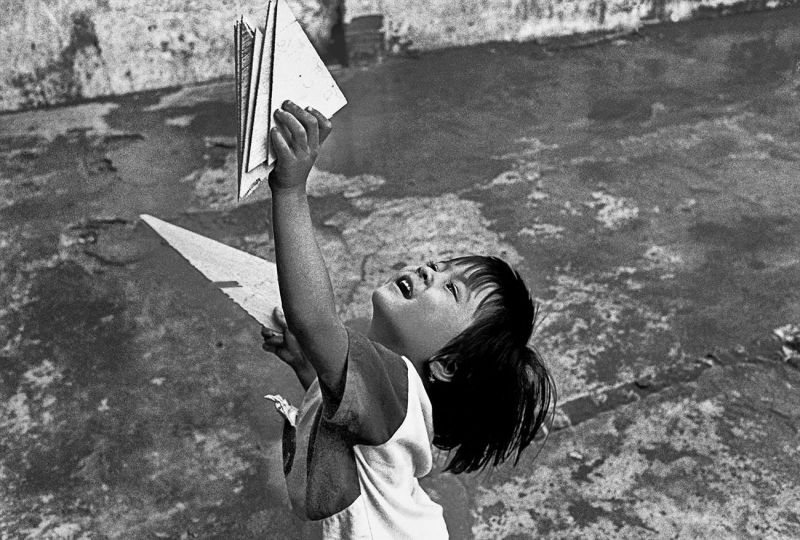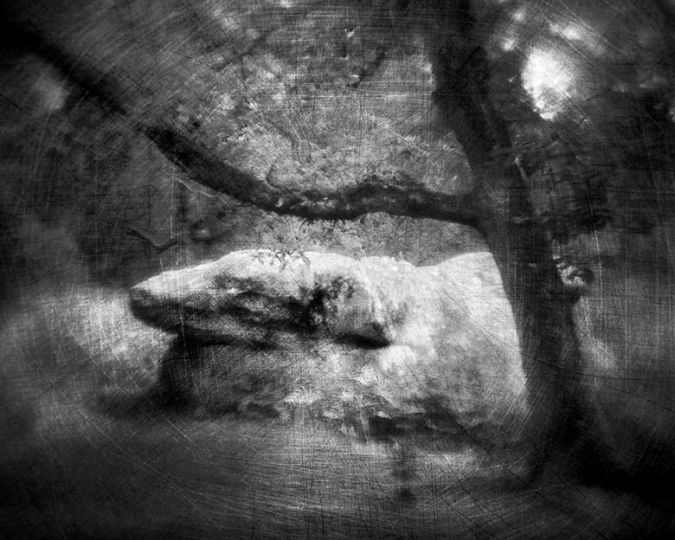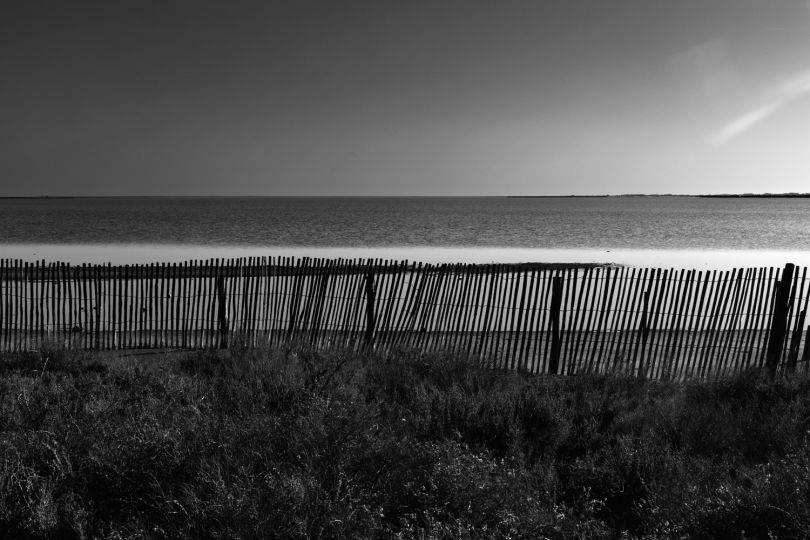Build your cabin.
Until recently, when I went for a walk in the forest, in the woods or along a GR, I did not see them or at least I did not pay attention to them. These piles of dead branches usually heaped up against a tree, these construction sketches did not speak to me. But one day, stumbling upon one of them that looked like an ancient chariot collapsed against a tree, I was dazzled by its splendid incongruity. Because apparently it was of no use: far too low to provide shelter, it brought together the rudimentary elements of any house (roof, wall, opening and even an enclosure), but it was not reduced to it. Primitive and ephemeral, the work drew its beauty from its very human fragility and its mystery.
Since then, I have never stopped questioning them by photographing these woodland structures which are sometimes so tight, so little identifiable in the jumble of the undergrowth that I can hardly call them huts, let alone cabins. They are most often found at the edges of forests, near roads, alleys, picnic areas. I imagine they are produced by children with or without help from their parents. But this playful and childish gesture of “building your cabin” undoubtedly also refers to the anthropological concern of constituting a dwelling, however precarious it may be. And Heidegger, commenting on Hölderlin’s line, “man dwells like a poet”, does he not assert that it is “poetry which makes dwelling into dwelling”?
Bernard Chevalier
















